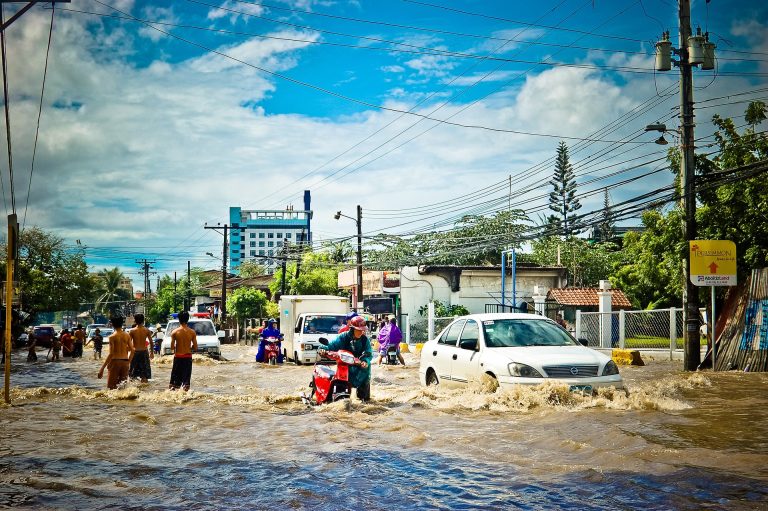PART-II
Synoptic conditions refer to the prevailing atmospheric weather conditions over a relatively large geographic area at a specific point in time. It implies that synoptic meteorology involves the simultaneous observation and analysis of weather data from various sources to create a comprehensive view of the weather patterns across a region or country.
Meteorologists use various tools and techniques, such as weather satellites, weather radar, weather stations, and numerical weather models, to gather data and create synoptic weather maps. These maps display weather conditions over a large area at a specific time, allowing meteorologists to analyze and interpret the synoptic-scale weather patterns.
In the context of meteorology, synoptic conditions typically involve the study of:
The distribution and movement of high-pressure and low-pressure systems shape weather patterns. The main influences are the wind direction, the air temperature, and precipitation.
Weather fronts are boundaries between air masses with different properties, such as temperature and humidity. The interaction of these air masses at fronts often leads to significant weather changes, including the formation of clouds, rain, or thunderstorms.
Synoptic meteorology helps in identifying and tracking weather patterns like tropical cyclones, extratropical cyclones, monsoons, and other large-scale weather phenomena.
Understanding wind patterns is essential for predicting the movement of weather systems and their potential impacts on different regions.
Monitoring temperature and humidity is vital for assessing the stability of the atmosphere and predicting weather conditions.
Observing precipitation patterns is crucial for understanding rainfall, snowfall, or other forms of precipitation that can influence local and regional weather.
The heavy rainfall that was recently observed in North India was due to the synoptic conditions prevailing in the region.
Three main factors that triggered such rains in the region and the Himalaya. First, an active monsoon with strong winds in the lower air layers, bringing moisture into the re gion from the Bay of Bengal or the Arabian Sea.
Second, a large-scale atmospheric forcing in the form of outflows in the upper layers of the atmosphere moving eastward through mid-latitude troughs. These troughs can also direct the flow of moisture towards the Himalaya.
Third, deep convection triggered by orographic uplift combined with the steep terrain of the Himalaya.
The monsoon was active with strong moist easterly winds entering the region and an eastward moving mid-latitude trough in the atmosphere’s upper layers. There was also moisture intrusion from the North Arabian Sea.
Extreme rainfall events like the one last weekend can occur anywhere in India during the monsoon season. To mitigate floods, we need a multi-pronged approach that includes both proactive measures and reactive strategies. These include: A robust early warning system that alerts people about heavy rains. This system for example may include a Doppler weather radar (DWR). A continuous monitoring of rainfall patterns, river levels and an advanced flood warning system. Flood risk maps that take into account factors such as topography, historical flood data and hydrological modelling. Climate-resilient in-frastructure, such as drainage systems and channels to prevent water logging. Proper land use planning and zoning regulations. Restoration of natural ecosystems such as forests and wetlands which act as a natural buffer.
Concluded.

